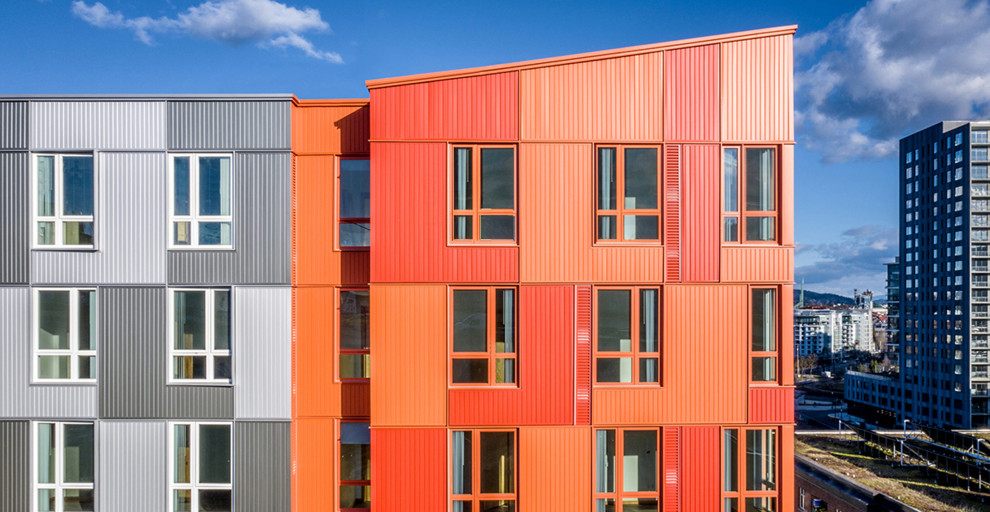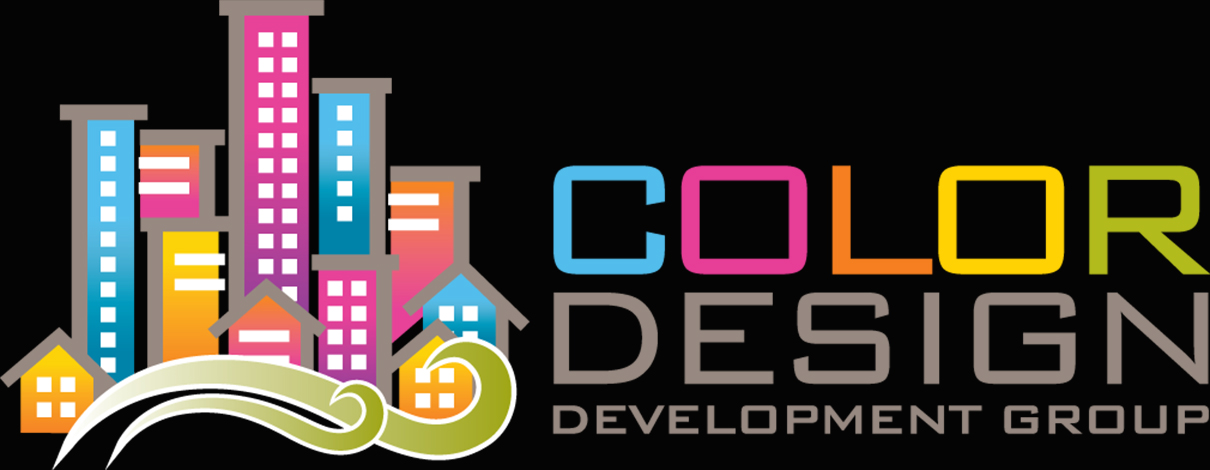A Year in Color:Exteriors with Emotionally Impactful Palettes for All Communities

As the Color Design Development Group founder, I have experienced how color can change a space and make people feel differently. Color is an essential aspect of design that shapes our perception of the world around us. Today, I want to explore the importance of color in the exterior design of multifamily and student housing and how it impacts residents' emotional connections to their homes.
Why Color Matters in Exterior Design
Color has a significant impact on the curb appeal of a property. It is often the first thing people notice about a community of apartments or student housing. A well-chosen color palette can attract prospective tenants, while a poorly chosen one can drive them away.
In the exterior design space, color can create a sense of unity, coherence, and identity among the different buildings in a community. This is particularly important in multifamily and student housing, where belonging is crucial to residents' overall satisfaction and well-being.
The Impact of Color on Emotions and Connection to Home
Color psychology is a fascinating field that delves into different colors' emotional and psychological effects on people. Color can elicit various emotions and moods, influencing our feelings of comfort, happiness, and relaxation.
When selecting exterior colors for multifamily and student housing, it's essential to consider the emotions and moods you want to evoke in residents. Here are some common color associations to keep in mind:
Warm Colors: Colors like red, orange, and yellow are known for their energizing and uplifting effects. They can create a sense of excitement, passion, and warmth. These colors might be suitable for common areas or social spaces where interaction and engagement are encouraged.
Cool Colors: Blue, green, and purple are associated with calmness, relaxation, and tranquility. These colors can create a peaceful and serene atmosphere, ideal for spaces where residents can unwind after a long day.
Neutral Colors: White, gray, and beige colors can serve as versatile backdrops for other design elements. They provide stability and balance, allowing residents to personalize their spaces with their unique style.
Creating Emotional Connections Through Exterior Color
To establish a deep emotional connection between residents and their homes, it's crucial to choose exterior colors that resonate with them personally. Here are some tips to achieve this goal:
Reflect the Surrounding Environment:
Choose colors that complement the area's natural landscape and architectural style. This can create a sense of harmony and connection to the local environment.
Foster a Sense of Community: Select colors that promote a sense of unity and belonging among residents. This can be achieved through coordinating color schemes or using one primary color with different accents.
Consider Demographics:
Keep the target demographic in mind when selecting colors. For example, if your multifamily or student housing community caters to young professionals, choose colors that evoke sophistication and modernity.
Adapt to Seasons:
Use colors that adapt well to different seasons, maintaining a fresh and appealing look throughout the year. For instance, choose beautiful colors against the backdrop of autumn leaves or spring blossoms.The concept is simple, but the steps are complex. We strategically use color in exterior design to impact residents' emotional connection to their homes.
By understanding how colors affect people's emotions and considering things like the environment, community, demographics, and seasons, you can create multifamily and student housing communities that people will be happy to call home.
Kimberly Laten
Founder of Color Design Development Group.
